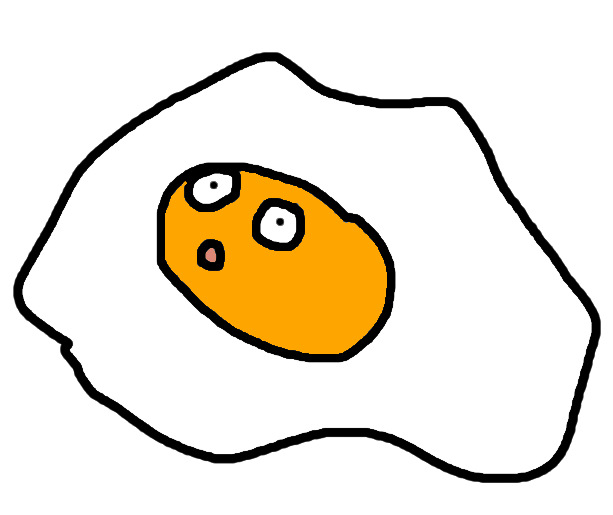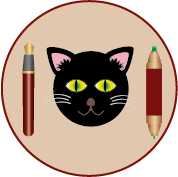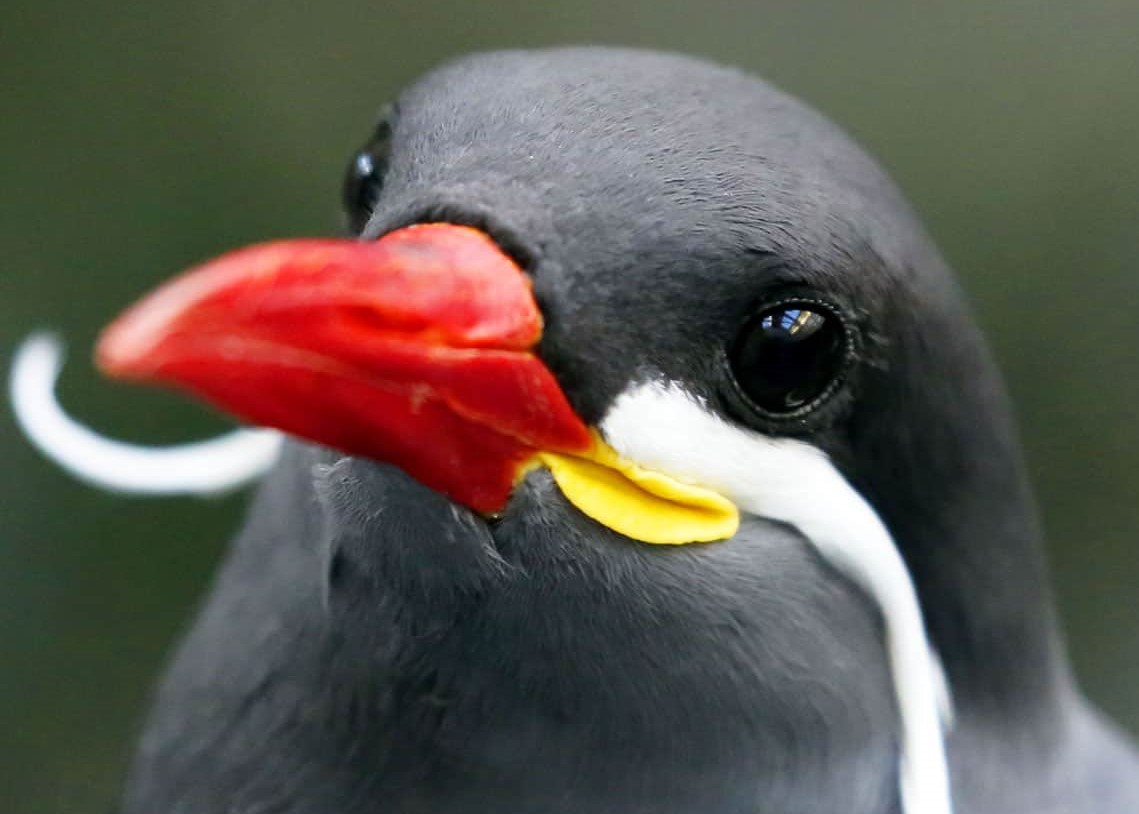Sandbank Shark
Sandbank sharks are a large shark species from the Looming Desert on Norrab. Despite being illegal, these animals are sometimes kept as pets. Sandbank sharks lurk in the sand and oases across the desert, preying on unfortunate travellers.
Anatomy

These shark's most prominent feature are the two large platings on either side of their jaws. The jaws of these sharks are rotated vertically, with one eye on each jaw. These armour platings flare outwards, creating an aerodynamic shaping that allow the sharks to navigate through sand with ease.
Their fins are shaped more like hands, as they 'crawl' through sand. Sandbank sharks have a dark orange colouration, with lighter orange tips on their fins and armour plates. More armour plating lines the entire body, in the form of large scutes and osteoderms.
Sandbank sharks grow to around two metres in length, with their head making up a third of that length.
Don't mess with me bruv, or I'll sic my sharks on you.Your... what?
Diet
Sandbank sharks are strictly carnivorous. They hunt by detecting vibrations on the surface of the desert, lunging upwards with their gaping mouths, engulfing whatever lies above. They have special filters that allow them to digest food and separate sand particles. Their digestive system produces a massive amount of mucus which allows them to swallow food, no matter how dry it is. If that doesn't work, a second, third, and fourth pair of jaws line the throat, dragging food down farther into the stomach.
Reproduction & Growth
These sharks are viviparous, giving birth to live young. Sandbank sharks mate close to the surface of the desert, easily identified by areas of bubbling sand. Sharks will give birth to 4 - 10 babies at once, that closely follow their mother's tail for the first five weeks of their lives.
Sandbank sharks are protective parents and will swim deeper under the desert to avoid any dangers from the surface, only breaching to hunt prey.
Habitat

Sandbank sharks are exclusive to the Looming Desert where the soft sands are easy to traverse. They follow large sand currents, where the soft sand can reach over a mile deep. As these sands shift, the terrain of the Looming Desert constantly morphs. Between these sandy rivers and seas are large hills of solid ground that the sharks cannot navigate.
These sharks inhabit seven countries: Albata, Montava, Vai'n, Jou'da, Na'ailidi, Preden, and Nak'ani. They are the national animal of Montava, where there is an estimated population of seventy thousand of these sharks. Worldwide, there is an estimated population of five-hundred thousand.
Behaviour
Sandbank sharks are unfortunately misinterpreted, as many species are. These sharks are quite shy animals and actively avoid people. Adamnans produce a scent that sharks have learnt to avoid, hunting other creatures instead. Besides, adamnans are too large for these sharks to eat. That being said, sandbank sharks will scare off adamnans that approach shark pups, by breaching just a few metres away and producing a low bellowing sound.
Relationship With People

Where sandbank shark aren't hunted for medicinal purposes, food, and a general dislike of the species, they are honoured. In Albatan and Montavan culture these sharks are greatly respected, and any harm to these animals is illegal. Keeping sandbank sharks as pets is also illegal, as these animals are considered 'wild' and cannot be domesticated by simple means.
Keeping these sharks as pets is seen as a symbol of crime and criminal organisations. Many illegal substance distributors keep these sharks as pets, using them to threaten or intimidate others, or as a symbol of defiance against the law.
I heard Jerri joined that gang. And he bought a sandbank shark.You're joking. God, that's embarrassing.I can't believe you ever dated him.Shut uuup. I regret it so bad.










The quotes made me laugh. Poor misunderstood sharks. :(
Explore Etrea | March of 31 Tales
Thank youu! Poor things D: